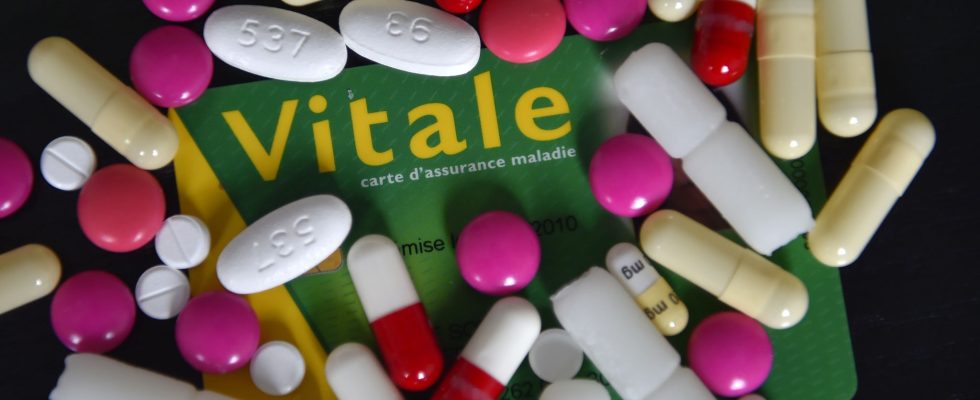What’s the point of fighting shortages if the drugs no longer work? Expected this Wednesday, April 26 for its plan against stock shortages, which regularly make the news, the European Commission took the opportunity to tackle another subject. Less often mentioned, but just as important: antibiotic resistance.
“It’s one of three main threats to public health in Europe“, recalled the Commission, between two measures aimed at limiting the supply problems of the drug. If certain antibiotics are missing, such as amoxicillin, it is above all the risk that they lose effectiveness which has been underlined this Wednesday in Brussels.
Like the coronavirus, viruses mutate rapidly. Some resulting changes make them insensitive to antibiotics. “Over time, pathogens evolve, with natural selection favoring the microorganisms best suited to their environment,” explains the CNRSin an article published ahead of the announcements of the Commission.
10 million deaths per year in 2050
Brussels specifies that if this crisis is not treated, it will lead to approximately 10 million deaths per year worldwide in 2050. The phenomenon, all the more marked in the event of early cessation of treatment, is already responsible for 35,000 dead in the European Union. And beyond that, it is a real “post-antibiotic era in which common infections can start killing again”, which the WHO feared from November 2015.
If some doctors are too inclined to prescribe antibiotics, other practices have recently been called into question. A study carried out by the University of Oxford and published this Tuesday in the journal eLifeexplains that the use of antibiotics to promote the growth of chickens or pigs has helped to make the bacterium Escherichia coli more resistant to human immunity.
To combat the growing threat of a breakdown in the effectiveness of antibiotics, the European Union is therefore proposing as a priority to limit the use of antibiotics, and to enhance preventive actions in this regard – “antibiotics are not not automatic”, we would say in France, by virtue of the campaigns already carried out on this subject.
How to innovate?
But these “sobriety” policies are not very encouraging. In parallel, the European Commission plans to encourage innovation, with a system of transferable exclusivity vouchers. Manufacturers who find new products could extend the exclusivity to the sale they enjoy, if they have not already received public aid. This right may be resold to other companies. An unprecedented measure. “We are the first regulators to take this path,” said European Health Commissioner Stella Kyriakides.
This idea is already causing reluctance from half of the Member States (including France, Belgium and the Netherlands), who consider it too costly for the health systems, and who fear that the reform will be counter-productive. The European Bureau of Consumers Unions (BEUC) also denounces such a prospect. “There are fairer ways to develop new antibiotics,” said its general manager Monique Goyens. According to these detractors, exchanging vouchers for exclusivities could slow down innovation for other drugs.
“But so far no one has come up with a better system,” defended German MEP Peter Liese (EPP, right). “We have seen almost no new antibiotics in the past 20 years,” argues the elected official, who relays the concerns of the industry on the need for legislation “conducive to innovation”. The vote on these proposals from the European Commission is therefore likely to be fiercely debated.
